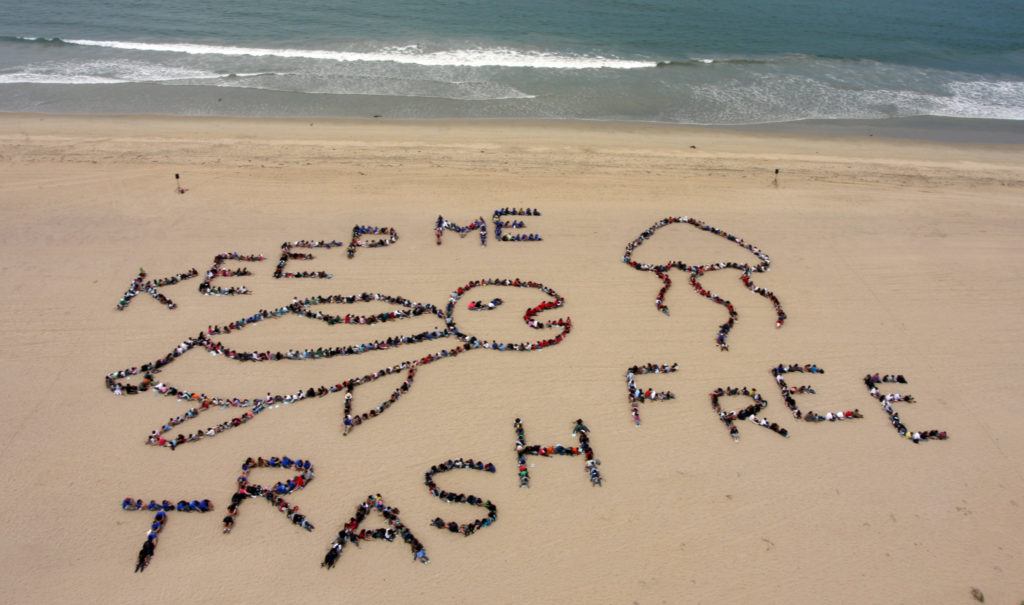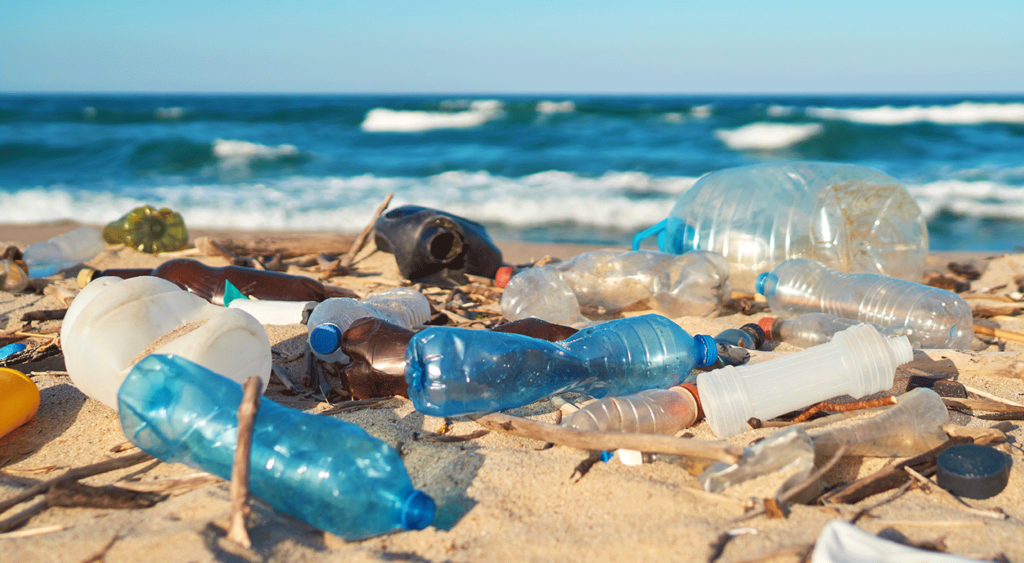Plastic pollution has become one of the most pressing environmental issues, as rapidly increasing production of disposable plastic products overwhelms the world’s ability to deal with them. Plastic pollution is most visible in developing Asian and African nations, where garbage collection systems are often inefficient or nonexistent. The growing plastic waste that ends up in the ocean is a clear threat, not just to marine animals but to humans as well. According to Plastic Oceans, 10 million tons of plastic are dumped yearly in our oceans. This poses a direct threat to marine life; about 1 million marine animals are killed by plastic waste annually.
But what people do not realize is that the act of dumping plastics into the ocean threatens humans as well. 100% of all mussels tested proved positive for microplastics. Fish and other marine life, caught and consumed by people, have also been found to have microplastics in their stomachs. Plastic Oceans estimates that over our lifetime, each of us would have consumed about 40 pounds of plastic! Left uncontrolled, we could endanger future global food supply from the ocean and wreak havoc on our own health.
Plastics made from fossil fuels are just over a century old. Production and development of thousands of new plastic products accelerated after World War II, so transforming the modern age that life without plastics would be unrecognizable today. Plastics revolutionized medicine with life-saving devices, made space travel possible, lightened cars and jets—saving fuel and pollution—and saved lives with helmets, incubators, and equipment for clean drinking water.
The conveniences plastics offer, however, led to a throw-away culture that reveals the material’s dark side: today, single-use plastics account for 40 percent of the plastic produced every year. Many of these products, such as plastic bags and food wrappers, have a lifespan of mere minutes to hours, yet they may persist in the environment for hundreds of years.
Some Key Facts:
- Half of all plastics ever manufactured have been made in the last 15 years.
- Production increased exponentially, from 2.3 million tons in 1950 to 448 million tons by 2015. Production is expected to double by 2050.
- Every year, about 8 million tons of plastic waste escapes into the oceans from coastal nations. That’s the equivalent of setting five garbage bags full of trash on every foot of coastline around the world.
- Plastics often contain additives making them stronger, more flexible, and durable. But many of these additives can extend the life of products if they become litter, with some estimates ranging to at least 400 years to break down.
We still have a long way to go in terms of fully addressing this problem but the good news is that something is being done to recycle ocean plastics.
Organizations such as the National Oceanic and Atmospheric Administration (NOAA) , Ocean Works, and The Ocean Cleanup are harvesting ocean plastic with their floating rigs. Not all these plastics will be recycled but whatever can be recycled are now being used by environment-conscious companies who have incorporated ocean plastics into their product lines.
Here is a sampling:
- Norton Point, a brand focused on adventure, launched an eco-friendly and sustainable line of sunglasses in 2016. The glasses are made of high-density polyethylene (HDPE) plastic recycled from the ocean.
- Adidas partnered with Parley, a technology company that turns plastics into high-performance fabrics, to create environment-friendly fancy sneakers as well as a sports clothing line made from two kinds of recycled plastic. Adidas’ goal by 2024 for this line is to use 100% recycled polyester.
- Method, a cleaning product company, makes liquid hand soap packaged in bottles made from ocean plastic. In 2008, it began making bottles from 100% post-consumer recycled plastic.
This list is growing day by day as more make a concerted effort to solve the problem. While single use plastics cannot be totally eliminated, we can keep a significant amount of plastics out of our oceans as materials sourcing, manufacturing processes, and packaging become more eco-friendly and sustainable.
Platform88 is focused on contributing to the cleanup effort. Together with a growing list of sustainable raw material suppliers, we have tested and are now using multiple materials at all our production facilities. Please join us in these efforts. Together we can make a difference.

